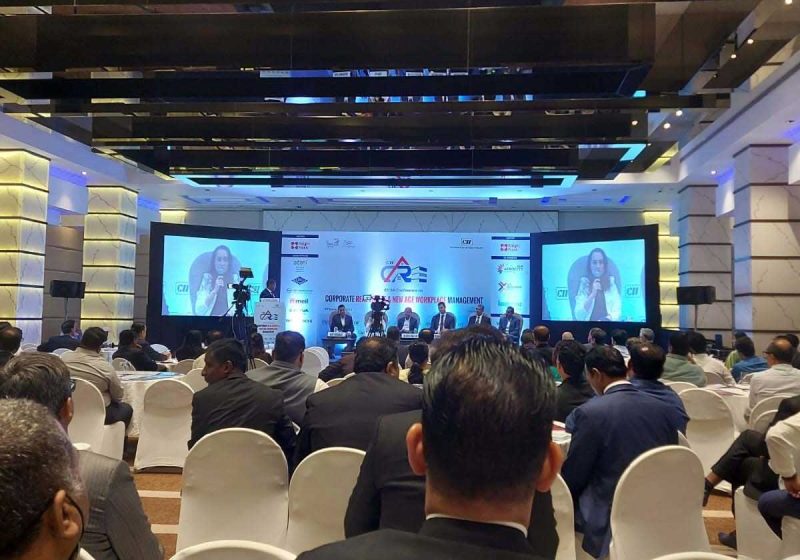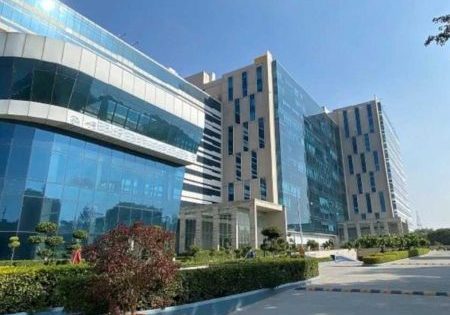Your author (SSP) discusses the importance of fire evacuation lifts and their feasibility with Hemant Khadse (HK), CEO of East Corp. Group, Fire Life Safety Consultant.
SSP: What are your views on the advisory issued by the Energy Department, Government of Maharashtra, to have fire evacuation lifts for high-rise buildings above 23 floors (beyond 70-m travel)? Is it a practical move?
HK: There are many reasons why a building may need to be evacuated, for example, fire, explosion, chemical or biological attack, flooding, storm damage, earthquake, etc. Therefore, Maharashtra has become the first state in India to make fire evacuation lifts mandatory for buildings 70-m and above since January 2018 in what is termed the solution to mounting emergencies during firefighting. The mandate aims to provide a safe evacuation mechanism for people and assist fire officers in saving lives and assets. This requirement is applicable to all new constructions and, hence, architect engineers can plan such evacuation lifts at any service lift bank for ingress for firefighters and egress for the aided elderly and physically handicapped occupants’ evacuation during fire emergencies. This is practically possible and will enhance first responder movement.
SSP: What are the additional prerequisites to the listed advisory in terms of technology, door fire ratings, shaft accessories, programming, etc., that you feel are mandatory for fire evacuation lifts to be installed at high-rise buildings?
HK: The following additional requirements apply to all firefighter lifts in the building:
The fireman’s lift shall have loading capacity of not less than 1000 kg and floor area not less than 2.35 m2.
Electrical equipment within the fireman’s lift well and on the car, located within 1 m of any wall containing a landing door, shall be protected from dripping and splashing water or provided with enclosures classified to at least IPX3 (Ingress International Protection) water resistance rating according to good practice.
The speed of the firefighter lift shall be 1 m/s or more, such that it can reach the top floor from the main floor/firefighter access level within 1 min. In case the building is zoned, the fireman’s lift shall operate from the lowest served landing to the topmost served landing in 1 min.
Suitable means shall be provided in the lift pit to ensure that water will not rise above the level of the fully compressed car buffer.
Means shall be provided to prevent the water level in the pit from reaching equipment that could create a malfunction of the fireman’s lift. Suitable arrangements, such as providing slope in the floor of the lift lobby, shall be made at all the landings to prevent water used during firefighting from entering the lift shafts.
Alternative source of power supply shall be provided for all fireman’s lifts through an automatically operated changeover switch. In case of failure of normal electric supply, it shall automatically move over to the alternative supply. The route of wiring shall be safe from fire.
SSP: In your opinion, which aspects of installing fire evacuation lifts are not feasible or practical, and how can one overcome those to promote more public safety and awareness?
HK: There shall be at least one fireman’s lift per building/lift bank, as per building code requirements, to access each wing/floor by firemen during fire. However, practically, if such designated lifts are not separated/segregated and are part of a fire tower, then it may not be safe for them to be used for firefighting and rescue operations. Architects must design the lifts such that they are easily accessible, but also safe to ingress and egress, for occupants.
SSP: As fire evacuation lifts will require more maintenance, installation and equipment, how can one mitigate those costs and still have a rescue lift in an emergency?
HK: The building owner should evaluate operating cost and not capital expenditure when selecting the fire lifts for the building. From a life safety standpoint, it is extremely crucial to have these designated lifts in high-rise buildings and, more than this, awareness on usage of such lifts through various trainings and mock drills is equally important. There are ways to optimize lift designs with separated lift shafts, and costs for this compliance are not very significant to overall building cost in high-rise building projects. It helps to improve the life safety of the building.
SSP: What are the challenges and opportunities in evacuation via lifts?
HK: The challenges and opportunities in relation to evacuation lift provision are:
Increased dialogue between the fire safety and lift industries: It is crucial that those with design and specification responsibilities relating to fire safety and lift installation have a practical understanding of each other’s needs and the potential opportunities/limitations of lift technology.
Increased awareness of the implications of not providing an evacuation lift: Lifts are often seen as a significant tool in the improvement of accessibility in buildings. Similarly, evacuation lifts could be promoted as integral to ensuring safe egress for all. Without an evacuation lift, evacuation of people from refuge areas to a place of ultimate safety will rely upon a facility management/emergency response team response, such as manual carry-down.
User familiarity, and the psychology relating to using lifts during a fire: Occupants must have familiarity with lifts to be used in the event of fire. Occupants also need to know which lifts can be used, how they may operate and what level of staff assistance will be provided, if any. Human psychology, behaviors and perceptions relating to the use of lifts must also be considered. In some buildings, the provision of relevant information, training and pre-event planning could be suitable. For occupants who do not need to use a lift for evacuation, additional information may be necessary to encourage them to continue to use the stairs to avoid overloading the fire lift.
The Way Forward
Khadse contends there is a need for a multidisciplinary approach to the subject to develop practical interventions to increase and improve the use of lifts for evacuation.

Hemant Khadse is CEO of East Corp. Group, Fire Life Safety consultant. He is an engineering graduate with 28 years of work experience in fire and security. He has traveled and worked internationally. He is also a fire safety trainer and has conducted many FLS audits and risk assessments.
Get more of Elevator World. Sign up for our free e-newsletter.










